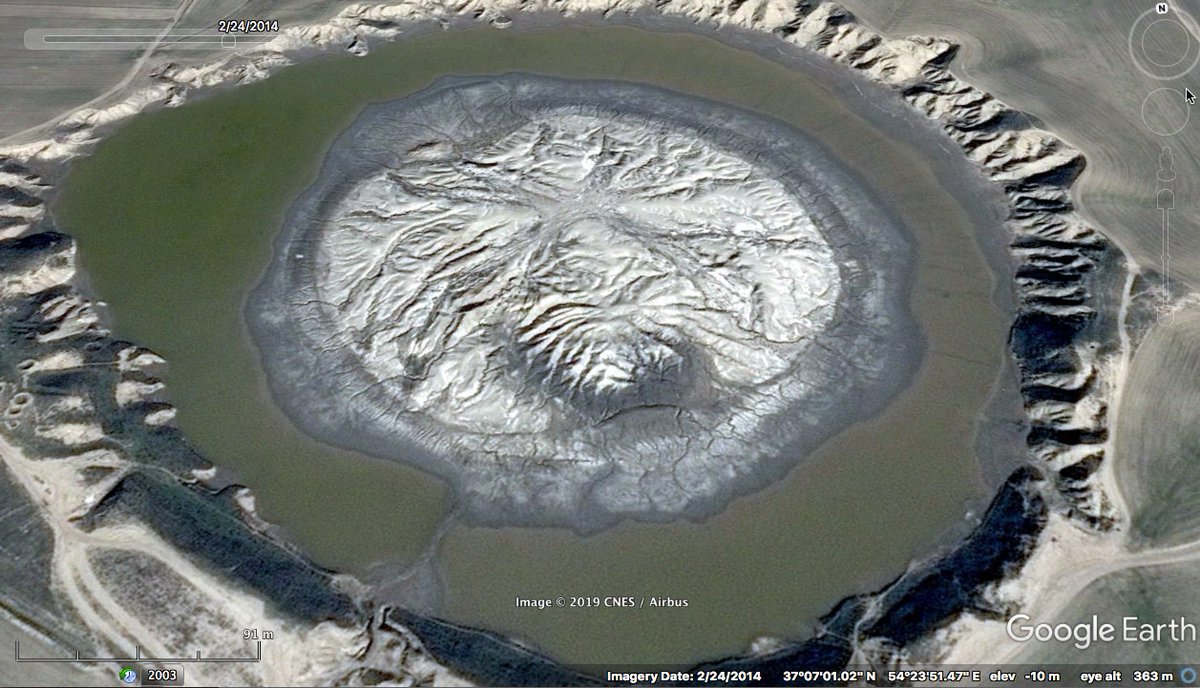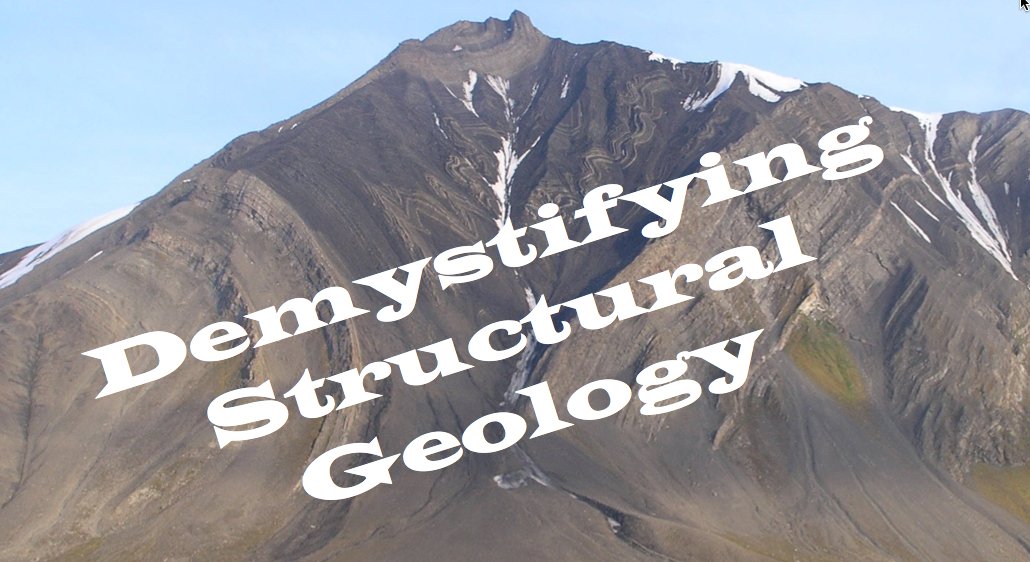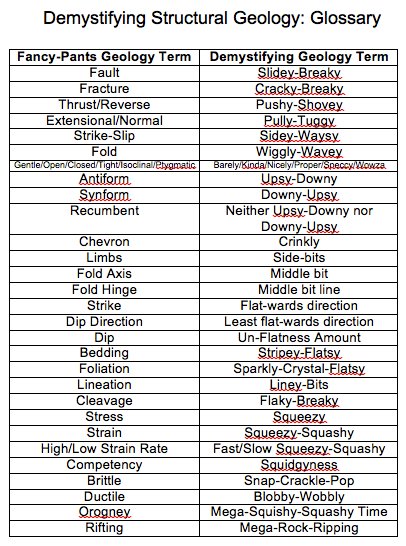Lusi is today's #MudVolcanoOfTheDay & the third thread in the #MuddyMay 'Mud Volcano Disasters' series.
Video courtesy of @Greenpeace
Location here:
goo.gl/maps/83vZQurU3…
This was the first time that a new major mud volcano had erupted in the middle of an essentially urban area.
These defences didn't stand a chance under the increased onslaught of mud.
The dams failed, and suburbs were flooded and thousands of people had to flee.
Video from Greenpeace
I hope you found this special #MuddyMay thread on the Lusi mud volcano tragedy interesting, and a terrible reminder of the power that mud volcanoes have, and the damage that industrial accidents can cause.










































